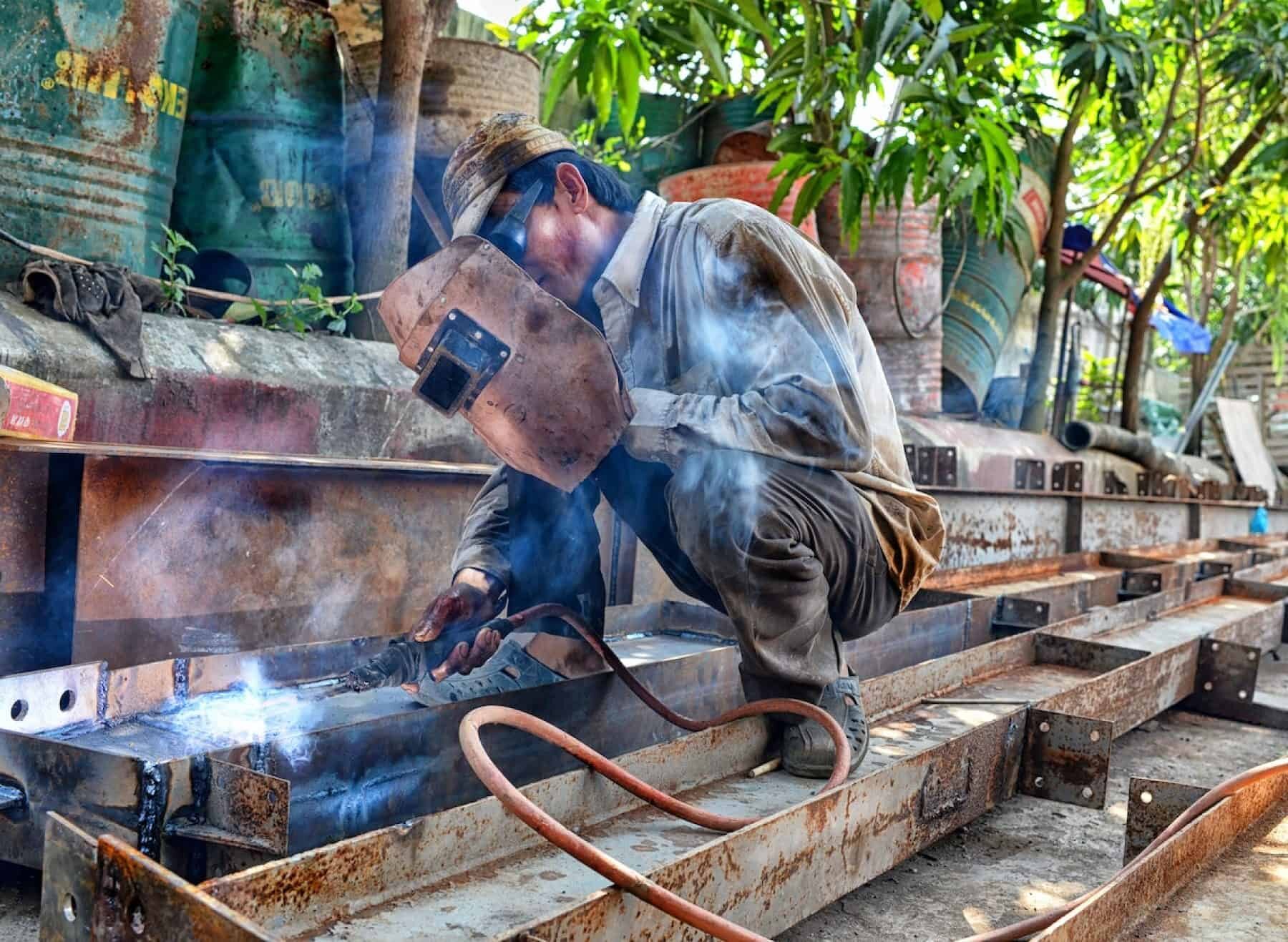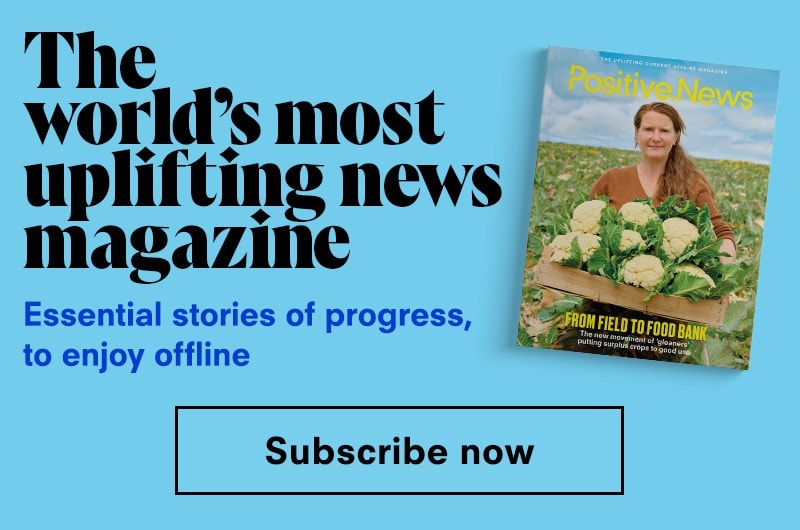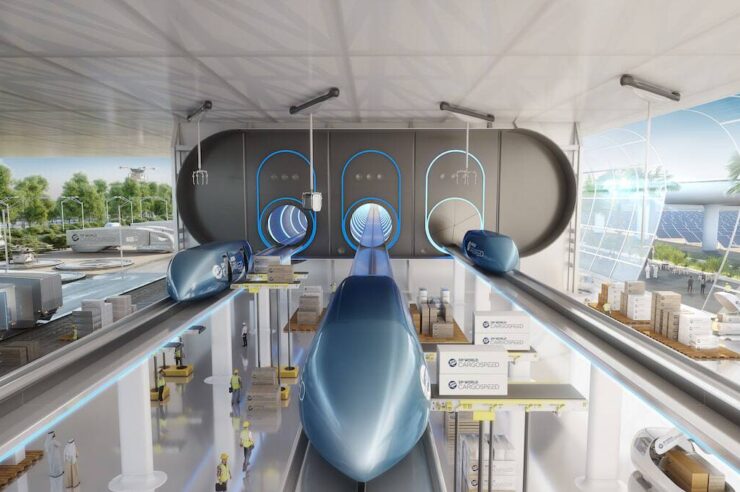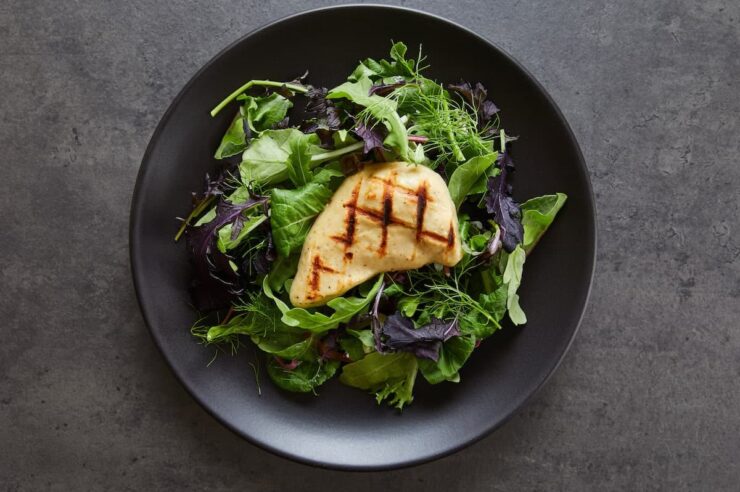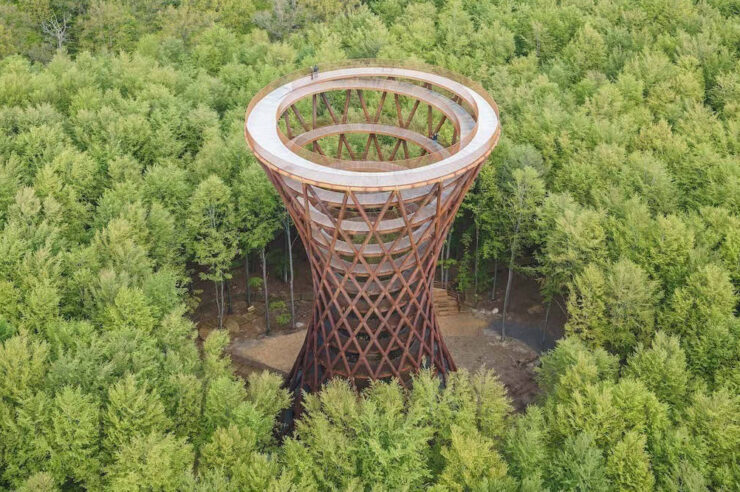If steel were a country, it would be the planet’s third largest emitter. Martin Wright casts a steely glance over efforts to green its production, from enlisting renewables to make it, to crafting new from scrap
What do the following have in common: wind turbines, electric cars, bicycles, trains and solar panels? Yes, they’re the building blocks of a green economy that has to be our future. They are also all dependent on one ingredient: steel.
Sure, we can build the odd bike out of bamboo, explore making skyscrapers with timber frames, even make cars out of wood (well, bits of them anyway) – but, admirable as these are, they are unlikely to take over the world. Steel remains amazingly ubiquitous, and we’re not about to do without it.
And that’s our problem, right there. Because steel production is, for the most part, one of the most polluting industries on the planet, reliant on massive blast furnaces that produce the metal by smelting iron ore with heat generated from burning coal. Needless to say, these pump out carbon like there’s no tomorrow. If steel were a country, it would be the third largest emitter on the planet.
Suddenly those gracefully arcing turbine blades don’t seem so green and clean.
As nuts go, that’s a tough one to crack. For some, this is proof that our dreams of a net-zero future are flimsy at best. For others, it’s a challenge waiting to be met. And – barely reported in the mainstream media – there are some very promising shifts under way.
Later this year, for example, Volvo will roll out concept cars made of ‘green steel’. This is produced using green hydrogen (itself made by renewable electricity), rather than coking coal. The Hybrit technology, as it’s called, is a collaboration between Sweden’s steelmaker, SSAB; Europe’s largest iron ore producer, LKAB; and the Swedish power company Vattenfall.
Meanwhile, there’s a growing move away from coal-fired to electric arc furnaces, which can produce new steel from recycled scrap. If the electricity is generated by renewables, that too results in metal with a dramatically reduced carbon footprint.
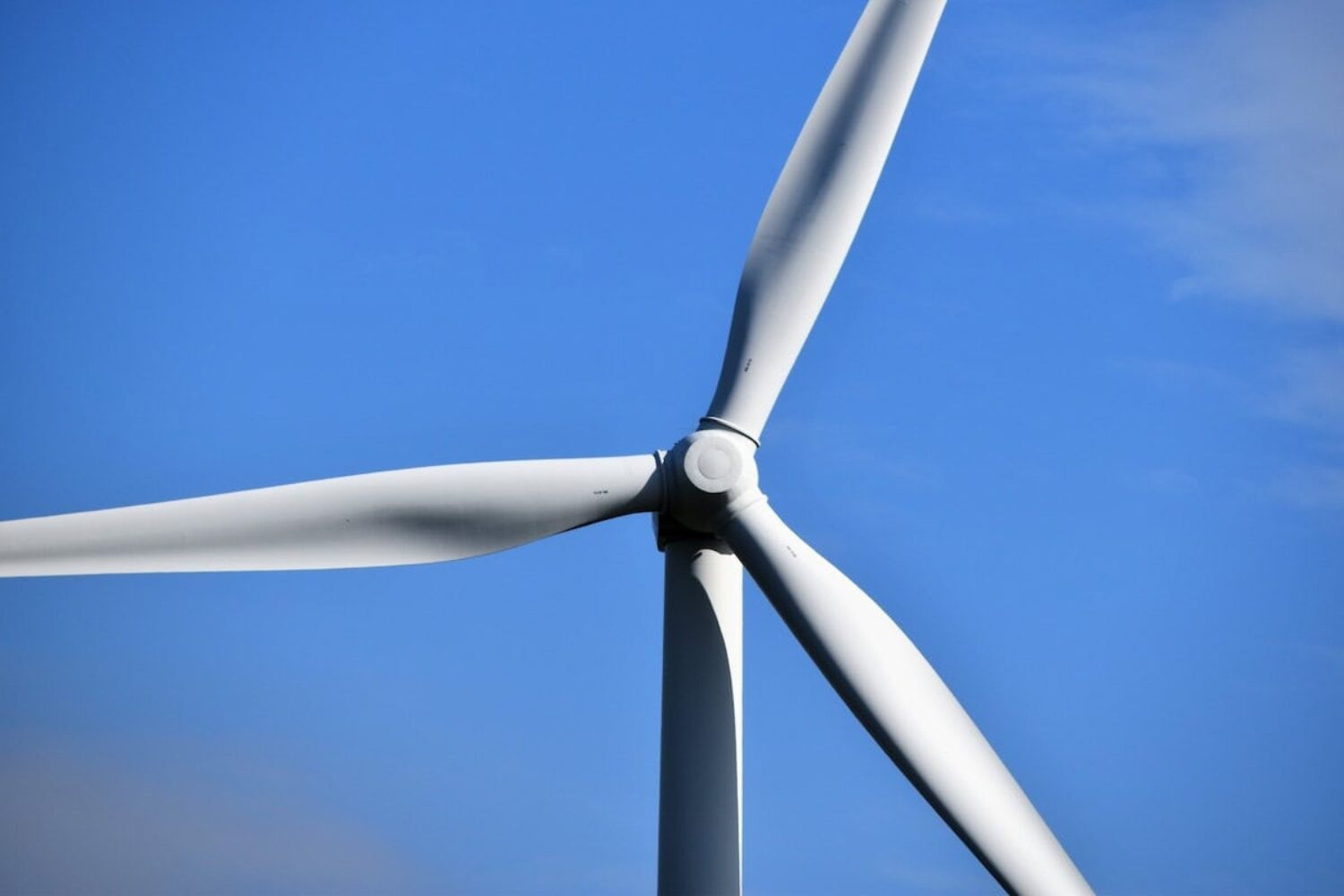
Our renewables infrastructure requires steel, so making the sector green is vital. Image: Waldemar Brandt
With auto companies falling over themselves to be seen as sustainable as they shift to electric cars, it’s no surprise that the market for greener steel is gaining ground.
BMW has announced that, from 2025, its European plants will use steel made exclusively from hydrogen and renewable electricity, thanks to a deal with Swedish startup H2 Green Steel.
This will reduce carbon emissions by a cool 95 per cent. It’s part of an overall BMW target to have 40 per cent of its European production met by low-carbon steel by 2030. Other car companies, including Mercedes, are following suit.
The industry is poised to begin a titanic pivot from coal to hydrogen
The greening of steel won’t happen overnight: there’s an awful lot of legacy plant to convert first. But a recent report from the influential Bloomberg New Energy Foundation (BNEF) suggests that a seismic shift could be under way.
“The [industry] is poised to begin a titanic pivot from coal to hydrogen,” says Kobad Bhavnagri, head of industrial decarbonisation at BNEF. “Green hydrogen is both the cheapest and most practical way to make green steel, once recycling levels are ramped up. This transition will cause both great disruption and great opportunity.”
Meanwhile, for those plants still dependent on coal, the pressure’s on to capture the CO2 emissions and convert them into something useful.
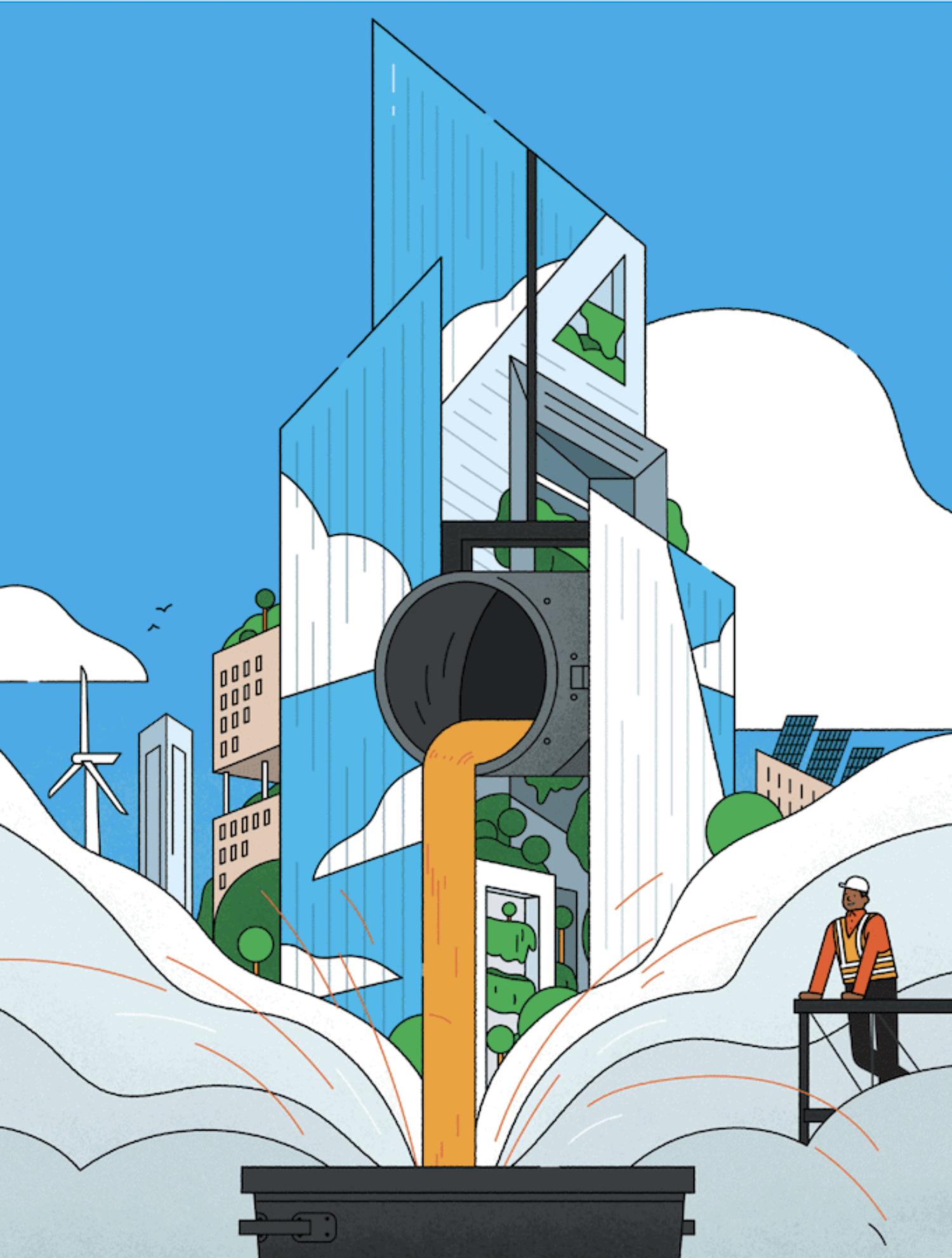
Imagine, for example, a steel mill producing a little black dress and some perfume to go with it. Sounds like something for a fetish night, but it’s actually the result of a pilot by carbon recyclers LanzaTech. It’s converting captured CO2 from Chinese steel mills into ethanol, and then, through a series of chemical processes, into both polyester and a perfume base. It’s partnering with Zara on the LBD, and with Coty on the perfume.
It may seem a touch trivial, but there’s some serious intent behind the pilots. Ethanol has multiple uses, in everything from drugs and disinfectants to aviation fuel. So not only does the carbon conversion have the potential to curb emissions, but it can also free up swathes of agricultural land, as most ethanol is currently produced from crops grown for the purpose.
Put all this together, and it’s proof that some of the toughest nuts can be cracked – if you can invent the right kind of nutcracker. And as a species we’re nothing if not inventive. Steel might just be losing its stain.
Martin Wright is chair of Positive News
Main image: Frank Mckenna
Illustration: Idris van Heffen
Help us continue to break the bad news bias
Positive News is helping more people than ever to get a balanced view of the world – one that supports their wellbeing and empowers them to make a difference towards a better future. And as our audience and impact grows, we’re showing the rest of the media that good news matters.
But the UK’s cost of living crisis is hitting us hard, with fewer people able to commit to a magazine subscription – which has traditionally been our main source of funding. Plus, paper and printing costs keep rising.
We don’t want to put a paywall on our website, because we believe everyone should have the chance to benefit from good news. But we won’t be able to continue funding our online reporting without your help.
If you value what we do and can afford to, please consider making a small, regular contribution as a Positive News supporter. We need 1,000 readers to contribute just £3 per month to get us through this challenging time.
And remember, as a not-for-profit, we work only in service to you, and all funds go towards our journalism.
